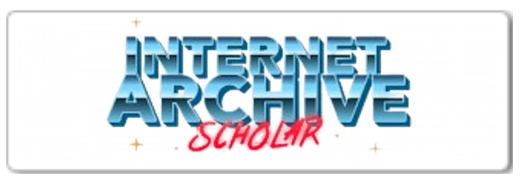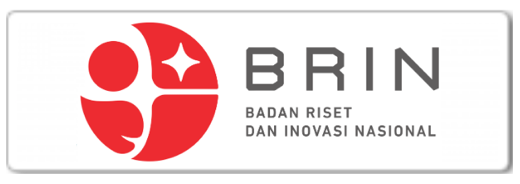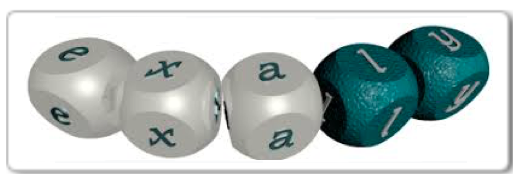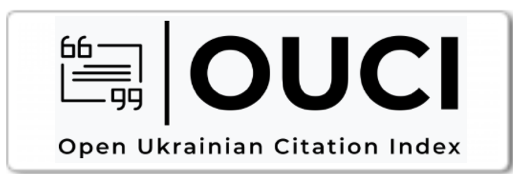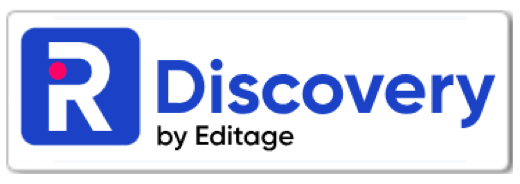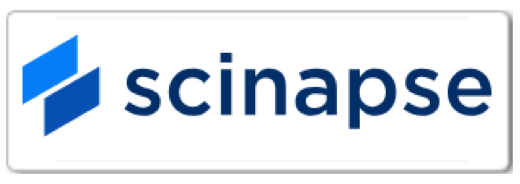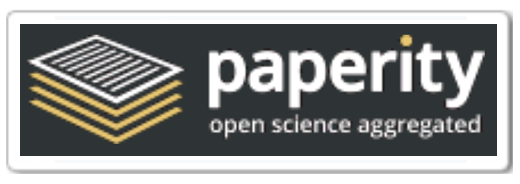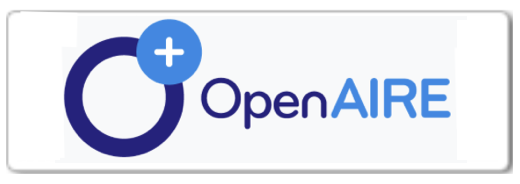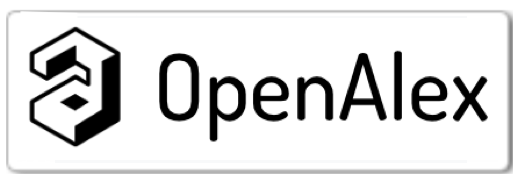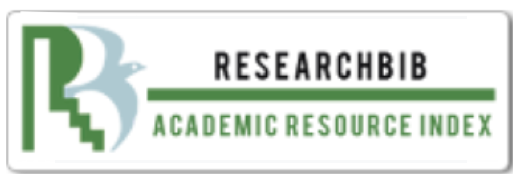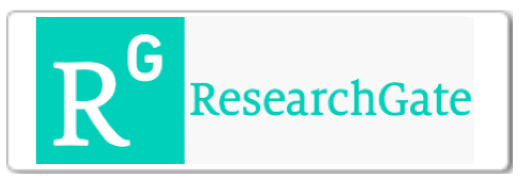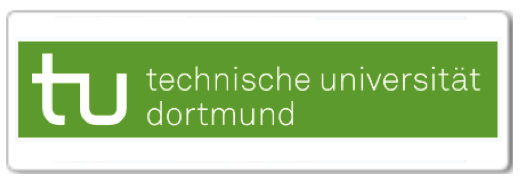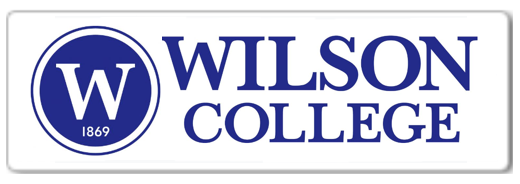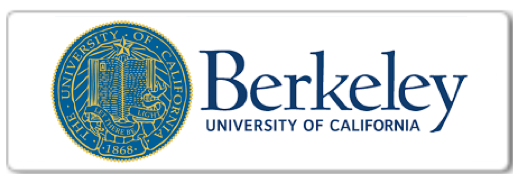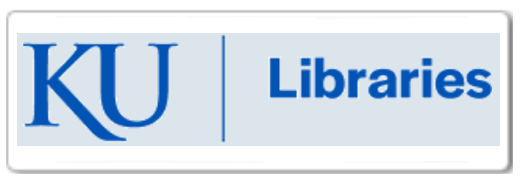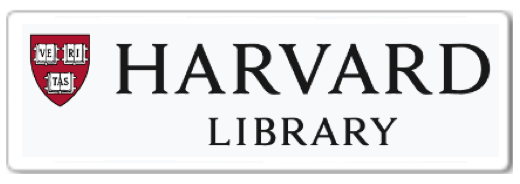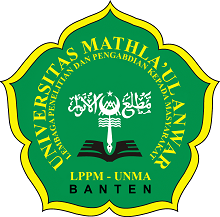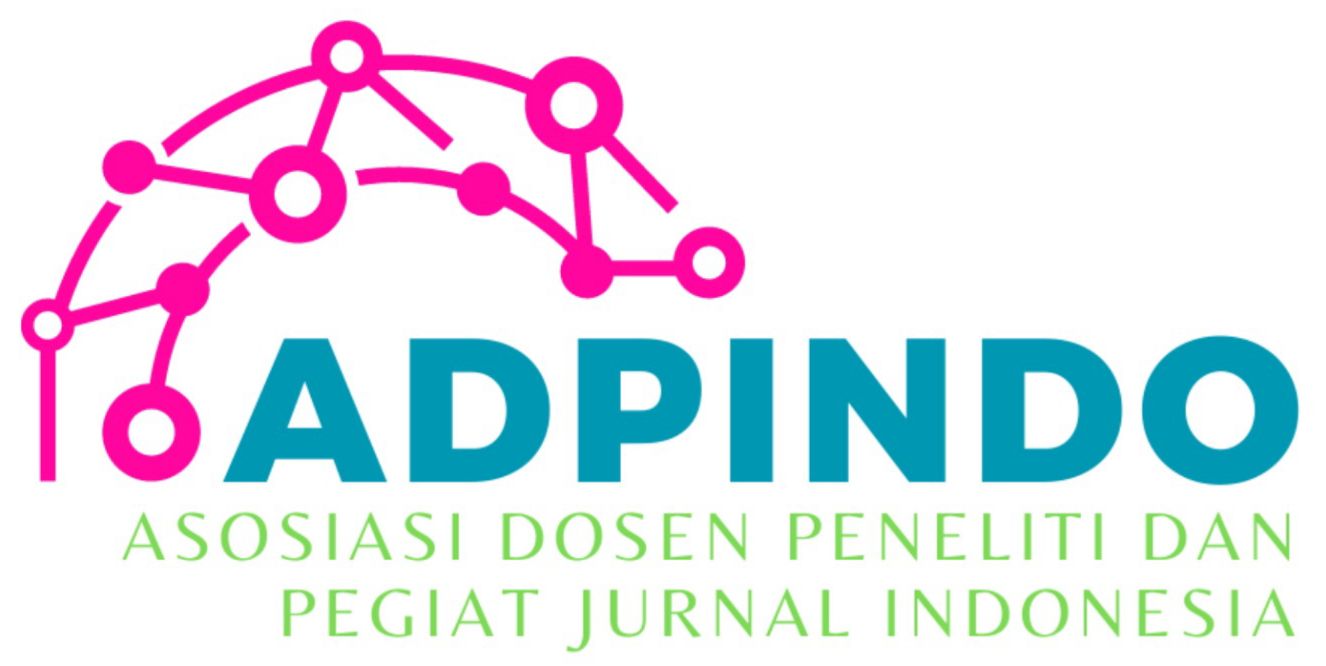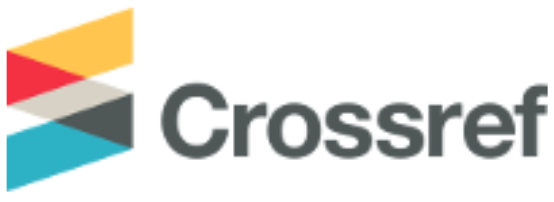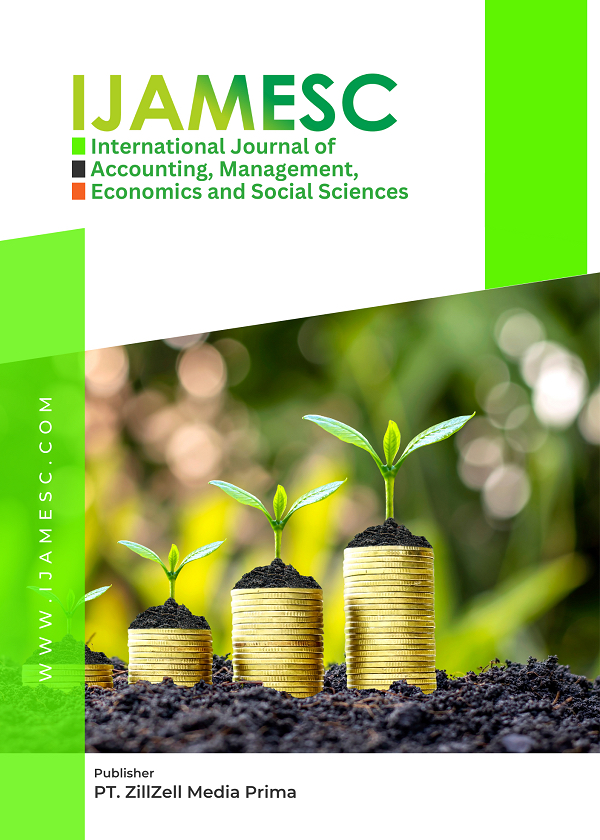TOWARD A NEW PARADIGM OF ORGANIZATIONAL STRUCTURES IN THE AGE OF ARTIFICIAL INTELLIGENCE: A COMPARATIVE THEORETICAL STUDY
Main Article Content
Masoud Lajevardi
Mega Arum
Yanti Susanti
Dwi Saleha
Eko Sudarmanto
This paper aims to develop a novel theoretical framework for organizational structures in the era of artificial intelligence (AI). It conducts a comparative analysis of traditional, modern, and postmodern organizational structures to identify limitations in accommodating AI’s autonomous capabilities. Through extensive literature review and critical analysis, the study synthesizes organizational theories with emerging AI research to propose a new paradigm integrating AI as an active participant in organizational dynamics. The findings reveal a significant theoretical gap in existing models, which predominantly treat AI as a tool rather than an autonomous agent. The proposed AI-driven paradigm emphasizes distributed intelligence, adaptive structural fluidity, human-AI symbiosis, and transparent accountability. The conceptual nature of the study calls for empirical validation across different industries and cultures. The paradigm provides a framework for managers and practitioners to redesign organizational architectures, fostering agility and ethical governance in AI-augmented environments. This research fills a critical gap in organizational theory by positioning AI as a core actor influencing structure and decision-making, offering a comprehensive model for organizations navigating the complexity of the digital age.
Anderson, P. (1999). Complexity theory and organization science. Organization Science, 10(3), 216-232.
Argyris, C., & Schön, D. A. (1996). Organizational learning II: Theory, method and practice. Addison-Wesley.
Barney, J. (1991). Firm resources and sustained competitive advantage. Journal of Management, 17(1), 99-120.
Beer, S. (1979). The heart of enterprise. John Wiley & Sons.
Benbya, H., Pachidi, S., & Jarvenpaa, S. L. (2021). Artificial intelligence in organizations: Current state and future opportunities. MIS Quarterly Executive, 20(4), 1-39.
Besson, P., & Rowe, F. (2021). The future of enterprise systems in the AI era: A sociomaterial perspective. Journal of Information Technology, 36(4), 391-409.
Burns, T., & Stalker, G. M. (1961). The management of innovation. Tavistock.
Clegg, S. R., Kornberger, M., & Pitsis, T. (2005). Managing and organizations: An introduction to theory and practice. SAGE Publications.
Cummings, T. G., & Worley, C. G. (2020). Organization development and change. Cengage Learning.
Gibson, C. B., & Gibbs, J. L. (2006). Unpacking the concept of virtuality: The effects of geographic dispersion, electronic dependence, dynamic structure, and national diversity on team innovation. Administrative Science Quarterly, 51(3), 451-495.
Jarrahi, M. H. (2018). Artificial intelligence and the future of work: Human-AI symbiosis in organizational decision making. Business Horizons, 61(4), 577-586.
Kraus, S., Breier, M., Lim, W. M., Dabić, M., Kumar, S., Kanbach, D., ... & Ferreira, J. J. (2021). Literature reviews as independent studies: Guidelines for academic practice. Review of Managerial Science, 16(8), 1-24.
Lawrence, P. R., & Lorsch, J. W. (1967). Organization and environment: Managing differentiation and integration. Harvard University Press.
Lee, M. K., Kusbit, D., Kahng, A., Kim, J. T., Yuan, X., Chan, A., ... & Procaccia, A. D. (2023). WeBuildAI: Participatory framework for algorithmic governance. Proceedings of the ACM on Human-Computer Interaction.
Lee, J., & Suh, T. (2021). How does artificial intelligence transform organizations? A systematic literature reviews. Sustainability, 13(20), 11364.
Makarius, E. E., Mukherjee, D., Fox, J. D., & Fox, A. K. (2020). Rising with the machines: A sociotechnical framework for bringing AI into the organization. Journal of Business Research, 120, 262-273.
Martin, K. (2019). Ethical implications and accountability of algorithms. Journal of Business Ethics, 160(4), 835-850.
Mintzberg, H. (1979). The structuring of organizations. Prentice-Hall.
Raisch, S., & Krakowski, S. (2021). Artificial intelligence and management: The automation–augmentation paradox. Academy of Management Review, 46(1), 192-210.
Russell, S., & Norvig, P. (2021). Artificial intelligence: A modern approach (4th ed.). Pearson.
Schein, E. H. (2010). Organizational culture and leadership (4th ed.). Jossey-Bass.
Shrestha, Y. R., Ben-Menahem, S. M., & von Krogh, G. (2021). Organizational decision-making structures in the age of AI. California Management Review, 63(1), 110-134.
Stacey, R. D. (1996). Complexity and creativity in organizations. Berrett-Koehler Publishers.
Trist, E. L. (1981). The evolution of socio-technical systems: A conceptual framework and an action research program. Occasional Paper, 2, 1-67.
Von, K. G. (2018). Artificial intelligence in organizations: new opportunities for phenomenon-based theorizing. Academy of Management Discoveries, 4(4), 404-409.
Weber, M. (1947). The theory of social and economic organization. Free Press.
Zammuto, R. F., Griffith, T. L., Majchrzak, A., Dougherty, D. J., & Faraj, S. (2007). Information technology and the changing fabric of organization. Organization Science, 18(5), 749-762.
Zhou, J., Li, P., Zhou, Y., Wang, B., Zang, J., & Meng, L. (2023). Toward new-generation intelligent manufacturing. Engineering, 24, 11-20.











